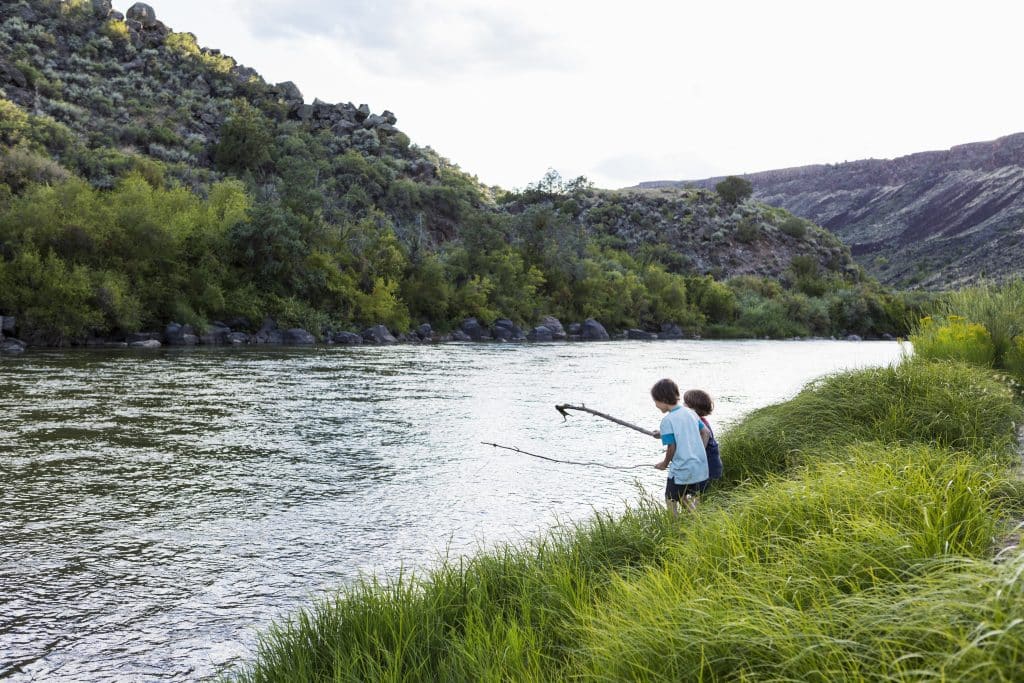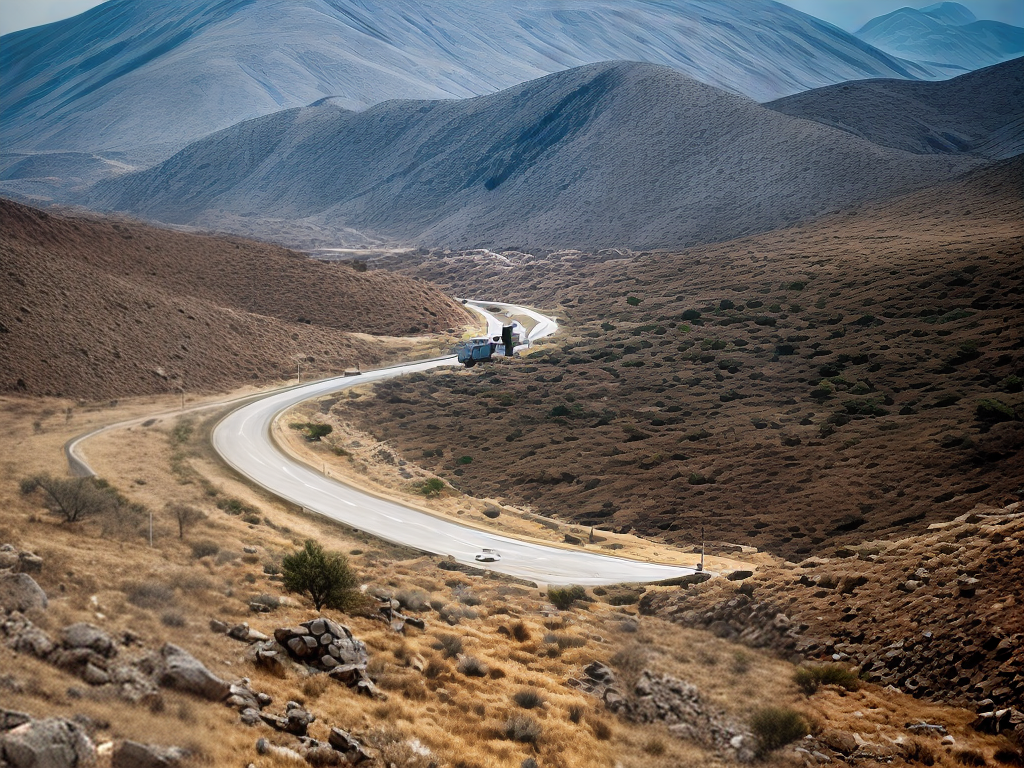Welcome to our comprehensive guide on the urgent need for wildlife conservation in overlooked border regions. In this article, we will delve into the critical issues surrounding wildlife conservation, highlighting the unique challenges faced in border areas. With a focus on preserving biodiversity and protecting endangered species, we aim to raise awareness and inspire action towards safeguarding these fragile ecosystems. Join us as we explore the remarkable biodiversity found in overlooked border regions and understand why their conservation is crucial for our planet’s future.
The Rich Biodiversity of Border Regions
Border regions, often overlooked in conservation efforts, are home to a remarkable diversity of wildlife. These areas serve as unique habitats where different ecosystems converge, resulting in a fusion of species and ecological interactions. From dense rainforests to expansive grasslands, border regions offer a mosaic of habitats that support a wide range of flora and fauna.
Species Endangerment in Border Regions
Unfortunately, the rich biodiversity found in border regions is under severe threat. The convergence of various ecosystems also brings forth numerous challenges, including habitat loss, illegal wildlife trade, and inadequate conservation measures. As a result, many species in these areas are facing the risk of extinction.
Habitat Loss and Fragmentation
One of the primary threats to wildlife in border regions is habitat loss. Rapid urbanization, deforestation, and agricultural expansion have led to the destruction and fragmentation of natural habitats. As border areas often witness increased human activities, the encroachment upon wildlife habitats becomes even more pronounced, exacerbating the loss of vital ecosystems.
Illegal Wildlife Trade
The illegal wildlife trade is another grave concern in border regions. The porous nature of borders provides opportunities for wildlife smuggling and trafficking. Endangered species, such as tigers, elephants, and pangolins, are often targeted for their valuable body parts, which are used in traditional medicine or traded on the black market. This rampant illegal trade further threatens the survival of these species and undermines conservation efforts.
Inadequate Conservation Measures
In many border regions, conservation efforts have been inadequate or non-existent. Limited resources, political complexities, and jurisdictional challenges often hinder effective conservation initiatives. The lack of coordinated efforts among neighboring countries can result in a fragmented approach, leaving wildlife populations vulnerable and unprotected.
The Importance of Wildlife Conservation in Border Regions
Preserving wildlife in border regions is of paramount importance for several reasons. By protecting these areas, we can:
Maintain Biodiversity
Border regions act as important corridors for the movement of species, allowing for genetic exchange and maintaining biodiversity. Protecting these areas ensures the survival of unique species and safeguards the delicate balance of ecosystems. Biodiversity loss not only disrupts ecological processes but also threatens our own well-being, as it affects vital ecosystem services such as pollination, water purification, and climate regulation.
Promote Ecotourism and Local Economies
Conserving wildlife in border regions has the potential to drive sustainable ecotourism. Many of these areas boast stunning landscapes and rare wildlife sightings, attracting nature enthusiasts from around the world. By promoting responsible tourism practices, local communities can benefit economically while simultaneously fostering an appreciation for nature and wildlife conservation.
Preserve Cultural Heritage
Border regions often harbor indigenous communities with rich cultural traditions deeply intertwined with their natural surroundings. Preserving these areas not only protects biodiversity but also safeguards cultural heritage. By recognizing and respecting indigenous knowledge and practices, conservation efforts can be strengthened and ensure the long-term well-being of both wildlife and local communities.
Overcoming Challenges: A Call to Action
The urgent need for wildlife conservation in overlooked border regions requires a collaborative and multi-faceted approach. To address the challenges faced, we propose the following actions:
Strengthening Cross-Border Cooperation
Effective conservation efforts in border regions necessitate enhanced collaboration among neighboring countries. By establishing transboundary protected areas and sharing resources, knowledge, and expertise, we can create a unified front against wildlife trafficking and habitat destruction.
Investing in Education and Awareness
Raising awareness about the importance of wildlife conservation in border regions is crucial. Educational initiatives targeting local communities, tourists, and policymakers can foster a sense of responsibility and promote sustainable practices. Empowering local communities with knowledge and involving them in conservation efforts can lead to long-term success.
Implementing Stringent Anti-Poaching Measures
Combatting illegal wildlife trade requires robust anti-poaching measures. Strengthening law enforcement, increasing penalties for wildlife crimes, and investing in technology for monitoring and surveillance are essential steps in curbing this illicit activity. Collaborative efforts between wildlife authorities, law enforcement agencies, and international organizations must be prioritized to dismantle wildlife trafficking networks.
Conclusion
The urgent need for wildlife conservation in overlooked border regions cannot be overstated. Preserving these areas is vital for maintaining biodiversity, promoting sustainable tourism, and safeguarding cultural heritage. By addressing habitat loss, illegal wildlife trade, and inadequate conservation measures, we can ensure a future where wildlife thrives alongside human development. It is our responsibility, as stewards of the Earth, to act now and protect these invaluable ecosystems for generations to come. Let us unite in this noble cause and secure a brighter future for wildlife in border regions.


